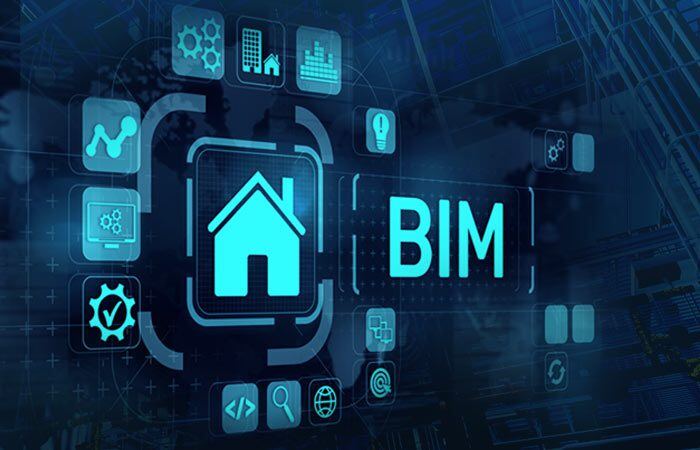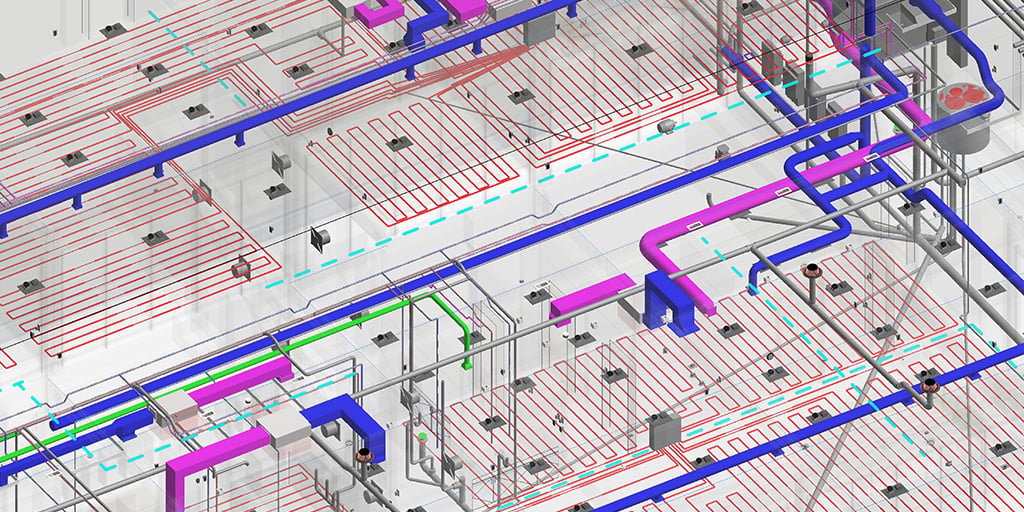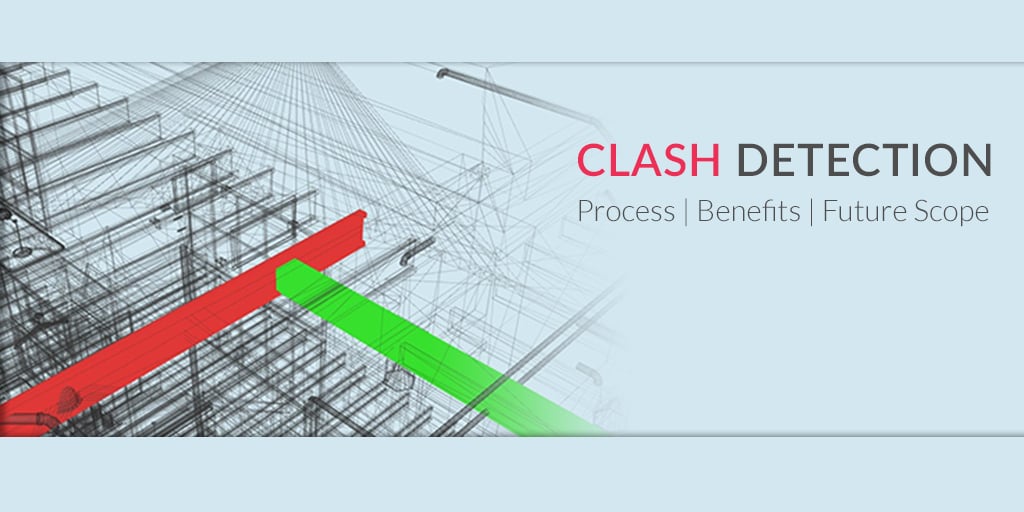What are BIM Standards & BIM Best Practices for Architects?

Table of Contents
In the Architecture, Engineering, and Construction (AEC) industry, efficiency and effectiveness play a key role in success. By following the right BIM standards and BIM best practices, architects can enhance design precision, improve collaboration, and ensure long-term project sustainability. BIM, or Building Information Modelling, is a collaborative process where architects, engineers, and construction professionals design, plan, and manage building structures within a detailed 3D model environment.
As BIM continues to shape the digital transformation of architecture, it encourages innovation, fosters seamless collaboration, and supports sustainable design outcomes. This guide explores the BIM standards and best practices for architects that can help streamline processes, reduce errors, and strengthen project delivery.
Understanding BIM Standards 
BIM standards are crucial guidelines that direct the use of BIM in the AEC industries. It provides a comprehensive workflow, which enhances the collaboration of the projects. Here is the list of BIM standards, which not only ensures consistency and accuracy but also makes the project efficient for the team:
1. Streamlining Workflow and Enhancing Efficiency
BIM Standards practices enable effective workflow processes, making the entire project efficient for the entire team. Setting precise guidelines reduces uncertainty about how tasks should be approached, facilitating a more seamless project execution process. When a team adheres to the same strategy, errors can be reduced, and the learning curve is substantially lowered, leading to more collaborative teamwork. The guidelines help in cost and time-saving and enhance project delivery timelines. Improved project delivery deadlines and time and cost savings are the outcomes of this optimised procedure.
2. Enhances Quality and Accuracy
In the AEC sector, quality control is vital, and BIM standards are essential to guaranteeing high-quality outcomes. Standards ensure BIM models are accurate and suitable for implementation in decision-making processes by setting a standard regarding their correctness and level of detail. From the initial design to construction and maintenance, they support preserving data integrity throughout the project lifecycle. This is especially important for complex tasks where every detail counts and can greatly impact functionality and safety.
3. Improving Collaboration and Communication
BIM Standards help strengthen team collaboration and communication by giving all stakeholders access to the project’s shared knowledge. It makes communicating clearly and effectively easier for contractors, clients, architects, and engineers. A collaborative environment is crucial to resolve complex situations, make timely decisions, and guarantee that all participants agree with the project's goals and objectives.
4. Compliance with Regulatory Requirements
Various construction projects are subjected to local, national, or even international regulations and codes. In such cases, BIM and integrated practice helps these regulatory requirements by ensuring the projects follow the required legal frameworks. This compliance is vital for the built environment's sustainability and safety and the project's legality. By streamlining the regulatory process, BIM Standards enable teams to work more effectively to fulfil their obligations.
5. Improving Data Management and Accessibility
The BIM process depends significantly on effective data management, and standards offer the framework required to organise, store, and retrieve data. Standardised data formats ensure all team members can access and use the same information irrespective of the software or solutions firms use. This accessibility is essential to preserving project continuity throughout its lifecycle, especially for large-scale or long-term projects requiring previous referencing and data retrieval.
Also Read: Understanding BIM (Building Information Modelling): The Complete Guide
Overview of Global Standards

The adaptation of BIM practices has increased to ensure quality, consistency, communication, and collaboration. Among these are the international ISO BIM Standards like ISO 19650, national BIM standards like the UK’s BIM Level 2, and other industry-specific standards. Let’s discuss these and their relevance to BIM standards in India, BIM Standards for Revit, and more in detail.
1. International BIM Standards - ISO 19650
This is an international BIM ISO standard for managing information through the BIM Standards. It offers a detailed procedure for sharing and producing information within the team. It includes exchanging, editing, recording, and organising information, which play a crucial role in guaranteeing that organisations in many nations can work together effectively, lowering the possibility of miscommunication and improving the certainty of project results in BIM projects.
2. National BIM Standards
National BIM standards offer the specific requirements of the AEC industry within a country’s regulatory framework. UK BIM Level 2 is one of the best examples of this, which mandates the use of BIM in all government construction projects in the UK. It promotes a collaborative working culture, which requires detailed documentation of all the information, making it a crucial part of BIM and integrated practice.
3. Industry-specific Standards
Following BIM standards for Revit guarantees that the models and documentation are suitably structured for software-specific applications like Revit, making collaboration and information management easier. These standards provide guidelines on naming conventions, modelling practices, and file management, forming a crucial part of any BIM standards manual.
Key Components of BIM Standards
Modern architectural, engineering, and construction projects are based on international BIM standards, which provide a unified and effective approach to building development, design, and management. These standards cover several essential elements, each of which addresses specific needs and ensures that a project is executed accurately and collaboratively.
1. Data Exchange and Interoperability
It is important because it ensures that information is used and transferred between multiple BIM programmes without any hassle, enabling insightful communication and understanding of the shared data. This guarantees meaning and integrity across platforms, which improves cooperation, lowers the possibility of errors, and ensures that decisions are based on reliable and consistent data.
2. Model Authoring and Collaboration
All project stakeholders need to participate and communicate in real-time working on a specific project. In this phase, you can use advanced model authoring tools to create accurate and detailed BIM models, serving as a common knowledge base. These technologies play a crucial role in creating these models and in the early dispute detection and their resolution in the project lifecycle, saving money and time that would otherwise be needed at the building stage.
3. Level of Development and Level of Detail
Level of Development and Level of Detail (LOD) are essential for determining the level of detail and dependability of a BIM model at different project phases. The LOD of the BIM models improves as a project moves from concept to construction, providing increasingly in-depth and useful information. Following the right LOD at every stage is essential since it gives everyone involved a precise knowledge of the model's dependability and helps with decision-making.
4. Common Data Environment (CDE)
It provides a centralised digital library for the protection and careful management of project-related data, models, and documents. While imposing strict restrictions over who can see, modify, or distribute the data, it guarantees all stakeholders access to the most recent project data. Additionally, a CDE serves as the project's authoritative source of truth and has strong version control mechanisms to eliminate misunderstandings regarding the currency or authenticity of documents.
5. Classification Systems
Classification systems, for example, COBie, also known as Construction Operations Building Information Exchange, help standardise the information structure in BIM models. It is essential for the efficient exchange and management of building asset information, validating and retrieving data, and simplifying the tasks of the stakeholders. This ensures consistency, usability of information, and ease of access for all project stakeholders.
Also Read: BIM Application to 6 Popular AEC Fields That is Proving Essential
BIM Best Practices for Architects
BIM has reshaped the architecture industry by offering a collaborative and effective approach to designing and constructing a structure. However, to acquire these benefits, there are certain practices that you should know. Here are the four key best practices for architects in BIM that you must follow:
1. Coherent BIM Execution Plan
A clear BIM execution plan should be the first step in ensuring the proper adoption of BIM. It should consist of roles, responsibilities, objectives and workflows. This ensures the alignment of all the parties involved. This also ensures everyone is aware of their BIM goals.
2. Establishing Consistent Data Formats and Standards
Remember to establish and adhere to standardised data formats to ensure consistency across project documentation. This helps in minimising the chances of misunderstanding among the stakeholders.
3. Leveraging 3D Modeling Software
Use advanced 3D modeling software as it allows accurate representation of the project. It facilitates design visualisation while helping with better and precise decision-making through the project lifecycle.
4. Data Standardisation
For seamless data exchange it is essential that different software platforms communicate effectively. By standardising file format, one can enhance collaboration and reduce the potential errors .
5. Follow Industry Standards and Protocols
Adhering to established industry standards such as ISO 19650 ensures BIM practices align with regulatory requirements, leading to improved industry credibility and project outcomes.
Challenges and Solutions in Implementing BIM Standards 
Implementing BIM standards is one of the vital steps for an architectural firm. It promises a lot of factors like accuracy and enhances communication and collaboration between the team. However, during the process, stakeholders face a set of challenges, including but not limited to:
Common Challenges Faced by Architects
- Resistance to Change: It is one of the significant barriers to implementing BIM standards. It can derive from factors like comfort with traditional procedures, fear, or not knowing or understanding the new technology. Some stakeholders, such as architects, may hesitate to adopt BIM because of concerns about its disruption, which can hinder the existing workflows and investment.
- Software and Technology Limitations: Technology infrastructure and reliability are two core necessities for BIM implementation. With this, architects often face challenges and limitations related to the existing software. It can include compatibility concerns with the currency system, high-cost software, or lack of technological infrastructure to support the BIM Standards.
Solutions and Strategies for Overcoming Challenges
- Change Management: Effective change in management is key to overcoming challenges faced during BIM implementation. It includes informed decision-making by the team members and clear communication between all the stakeholders. It is also crucial to start with the aspects of projects to gradually integrate BIM into the workflow and offer ample support and resources to the workforce.
- Investing in Advanced BIM Tools and Training: Choosing the right BIM tools and attaining the right training to use them effectively plays a vital role. You should always choose the advanced BIM software that aligns with the projects' specific needs. Consider important factors like user-friendliness, scalability, compatibility with current tools, and support service offered by the vendor.
Also Read: Scope Of Bim in the Future and its Global Growth Rate
Conclusion
Implementing BIM standards and best practices for architects ensures better coordination, consistency, and innovation across every stage of a project. While challenges such as resistance to change or technological limitations may arise, adopting the right strategies and tools helps overcome them effectively. With continuous learning and a strong commitment to data-driven design, architects can stay aligned with evolving BIM protocols and improve overall project outcomes.
For those looking to strengthen their expertise and build a rewarding career in BIM, upskilling with the BIM Professional Course for Architects by Novatr offers practical, industry-relevant training to master modern workflows and standards. Continuous learning remains the key to thriving in this fast-evolving AEC landscape.
To explore more resources and insights on advancing your BIM career, visit our resource page for the latest industry trends and guides.
FAQs
1. How do BIM best practices improve collaboration?
Ans: They promote shared workflows and centralised data access, enabling architects and engineers to work seamlessly and resolve design issues faster.
2. What is ISO 19650 in BIM standards?
Ans: ISO 19650 is an international framework that defines how project information should be managed and exchanged throughout the BIM process.
3. What challenges occur during BIM implementation?
Ans: Resistance to change, limited training, and inconsistent data formats are common issues architects face when adopting BIM workflows.
4. How can architects stay updated with BIM standards?
Ans: By attending industry webinars, joining professional BIM networks, and following updates from standardisation bodies like ISO and buildingSMART.

 Thanks for connecting!
Thanks for connecting!


.png)


.jpg)
